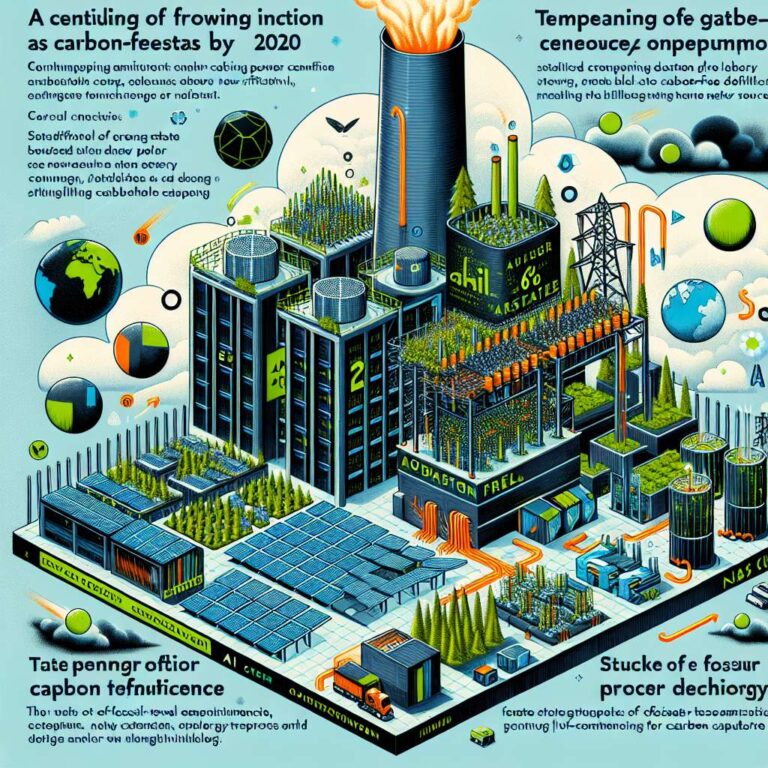At EmTech MIT, Lucia Tian, head of advanced energy technologies at Google, discussed how the rapid rise of Artificial Intelligence is complicating the company’s long-standing 2030 target to run on carbon-free energy 24-7. Google set that ambition in 2020 and has maintained that it is a “moonshot” objective. The company’s total electricity demand more than doubled from 2020 to 2024, according to its latest environmental report, and the share of carbon-free electricity in its data centers has remained roughly flat-67 percent in 2020 and 66 percent last year-despite the sharp growth in consumption.
To try to close the gap, Google has accelerated a range of energy deals and technology projects. Tian highlighted two recent moves the company is backing: a new natural-gas plant in Illinois that will capture and store about 90 percent of its carbon dioxide emissions, and a collaboration with NextEra Energy to reopen the Duane Arnold nuclear power plant in Iowa, which is scheduled to restart in 2029 and sell electricity to Google. The natural-gas project includes an operational Class VI well for permanent sequestration and avoids a large pipeline buildout, which Tian said made it feasible to prove carbon capture at scale.
Those strategies are controversial. Critics argue that new carbon-capture-equipped fossil-fuel infrastructure can prolong reliance on fossil fuels and still emit pollutants. On stage, James Temple asked why Google did not prioritize retrofitting existing plants instead of funding a new one. Tian replied that retrofits do not make sense everywhere because of space constraints and unsuitable geology at some sites. She framed the projects as pragmatic steps toward a harder long-term goal: without pushing in this direction, she said, the company will not reach it.
The session offered a revealing look at how a major tech company is balancing rapid demand growth from Artificial Intelligence with ambitious climate commitments. Google’s approaches combine experimentation with renewables, carbon management, and nuclear procurement, while the company acknowledges the difficulty of meeting its 24-7 carbon-free target by 2030. This reporting appeared in The Spark, MIT Technology Review’s weekly climate newsletter.

